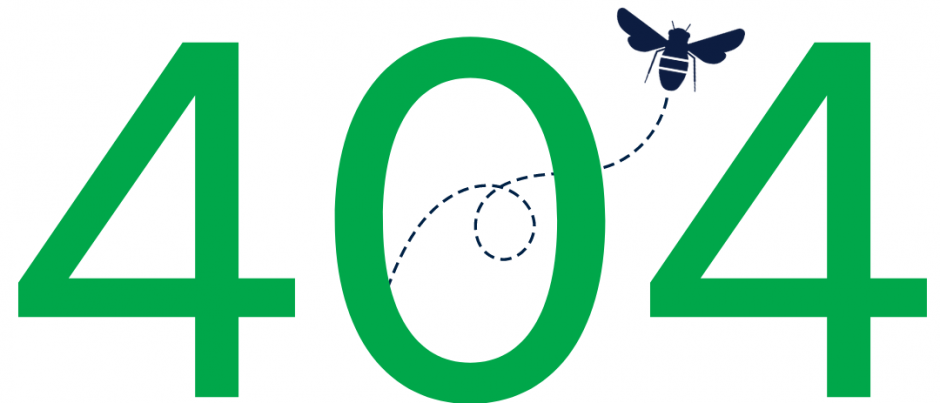Re: Canada - LPAI H5 Confirmed on Turkey Farm
Health of Animals Act ( 1990, c. 21 )
COMPENSATION
Compensation to owners of animals
51. (1) The Minister may order compensation to be paid from the Consolidated Revenue Fund to the owner of an animal that is
(a) destroyed under this Act or is required by an inspector or officer to be destroyed under this Act and dies after the requirement is imposed but before being destroyed;
(b) injured in the course of being tested, treated or identified under this Act by an inspector or officer and dies, or is required to be destroyed, as a result of the injury; or
(c) reserved for experimentation under paragraph 13(2)(a).
Amount of compensation
(2) Subject to subsections (3) and (4), the amount of compensation shall be
(a) the market value, as determined by the Minister, that the animal would have had at the time of its evaluation by the Minister if it had not been required to be destroyed
minus
(b) the value of its carcass, as determined by the Minister.
Maximum value
(3) The value mentioned in paragraph (2)(a) shall not exceed any maximum amount established with respect to the animal by or under the regulations.
Additional compensation
(4) In addition to the amount calculated under subsection (2), compensation may include such costs related to the disposal of the animal as are permitted by the regulations.
1990, c. 21, s. 51; 1997, c. 6, s. 69.
Emphasis added.
Health of Animals Act ( 1990, c. 21 )
COMPENSATION
Compensation to owners of animals
51. (1) The Minister may order compensation to be paid from the Consolidated Revenue Fund to the owner of an animal that is
(a) destroyed under this Act or is required by an inspector or officer to be destroyed under this Act and dies after the requirement is imposed but before being destroyed;
(b) injured in the course of being tested, treated or identified under this Act by an inspector or officer and dies, or is required to be destroyed, as a result of the injury; or
(c) reserved for experimentation under paragraph 13(2)(a).
Amount of compensation
(2) Subject to subsections (3) and (4), the amount of compensation shall be
(a) the market value, as determined by the Minister, that the animal would have had at the time of its evaluation by the Minister if it had not been required to be destroyed
minus
(b) the value of its carcass, as determined by the Minister.
Maximum value
(3) The value mentioned in paragraph (2)(a) shall not exceed any maximum amount established with respect to the animal by or under the regulations.
Additional compensation
(4) In addition to the amount calculated under subsection (2), compensation may include such costs related to the disposal of the animal as are permitted by the regulations.
1990, c. 21, s. 51; 1997, c. 6, s. 69.
Emphasis added.


Comment